
Historical Myths Explained •
Mar '25
The image of ninjas clad in all-black attire, stealthily moving through the shadows, has been a staple of popular culture for decades. From movies and comic books to video games, this depiction has cemented itself as the definitive look of these lege... Read more >>
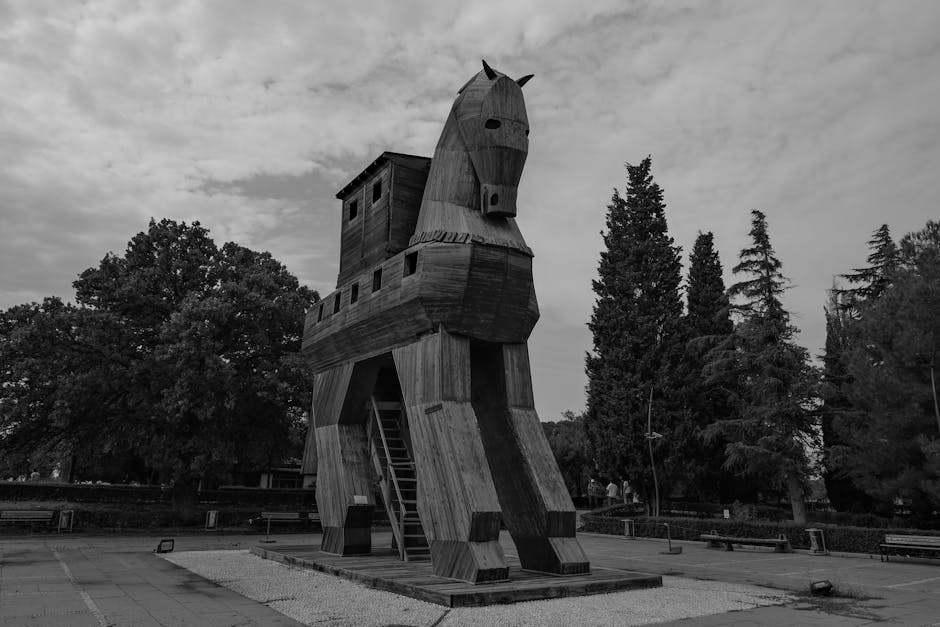
Historical Myths Explained •
Mar '25
The tale of the Trojan Horse is one of the most famous legends from ancient history, immortalized in literature and art for centuries. It tells of how the Greeks, unable to breach the walls of Troy after a decade-long war, devised a cunning strategy:... Read more >>

Historical Myths Explained •
Jan '25
The Salem Witch Trials of 1692 remain one of the most infamous episodes of mass hysteria in American history. Taking place in colonial Massachusetts, the trials led to the execution of 20 individuals, the majority of whom were women, and the imprison... Read more >>
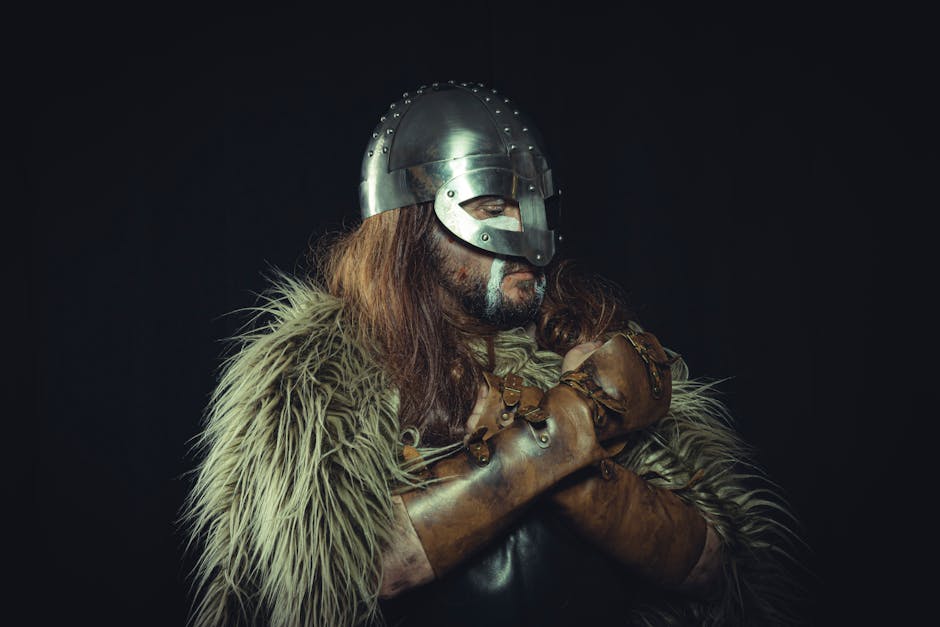
Historical Myths Explained •
Jan '25
The image of Viking warriors wearing horned helmets is one of the most enduring yet inaccurate depictions in popular culture. From movies and TV shows to Halloween costumes and sports team logos, the idea of Vikings donning elaborate horned headgear ... Read more >>
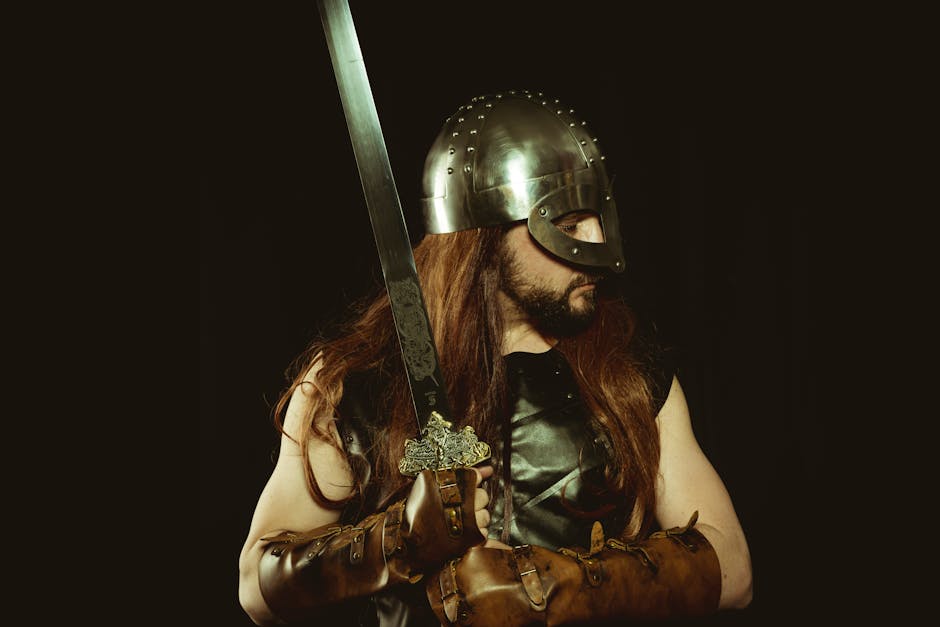
Historical Myths Explained •
Jan '25
Medieval torture devices are often depicted as widespread and commonly used instruments of pain in history books, films, and television. Stories of medieval Europe’s reliance on devices like the iron maiden, the rack, and the Judas cradle stem more... Read more >>

Historical Myths Explained •
Dec '24
The phrase "Let them eat cake" has long been attributed to Marie Antoinette, the last queen of France before the French Revolution. It is often cited as an example of her supposed indifference to the suffering of the French people, particularly in re... Read more >>
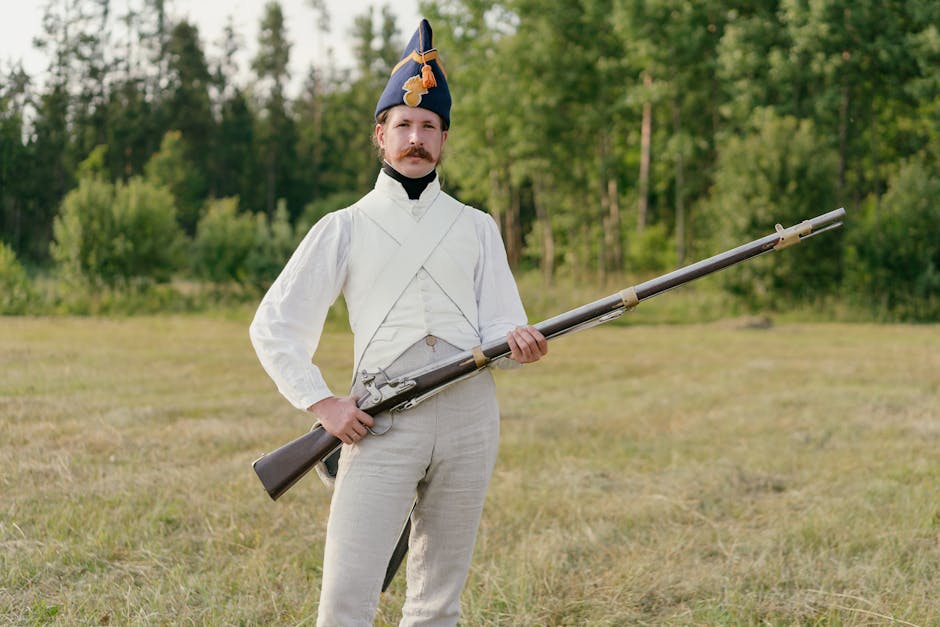
Historical Myths Explained •
Dec '24
Napoleon Bonaparte is often remembered for his military genius, political ambition, and the so-called "Napoleon complex," a term used to describe men who overcompensate for their short stature with aggressive behavior. Historians have largely dispute... Read more >>
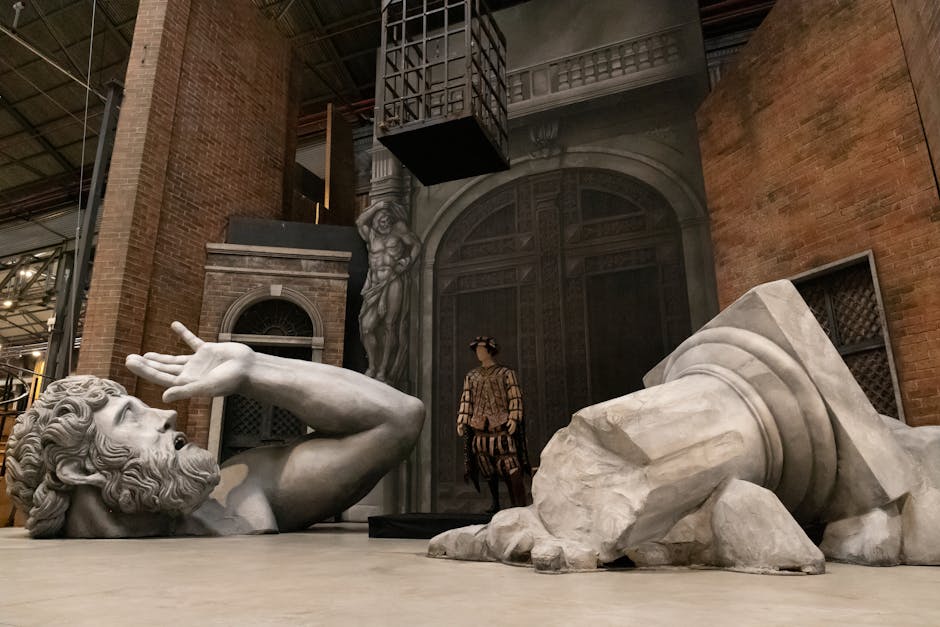
Historical Myths Explained •
Nov '24
One of the most persistent myths in history is the belief that Christopher Columbus set out on his 1492 voyage to prove that the Earth was round. This widely held misconception suggests that people in Columbus’s time thought the Earth was flat, and... Read more >>

Historical Myths Explained •
Nov '24
The Great Wall of China is one of the most famous architectural achievements in human history. Spanning thousands of miles, it has captivated people for centuries, not just for its historical significance but also for the myths surrounding it. One of... Read more >>








